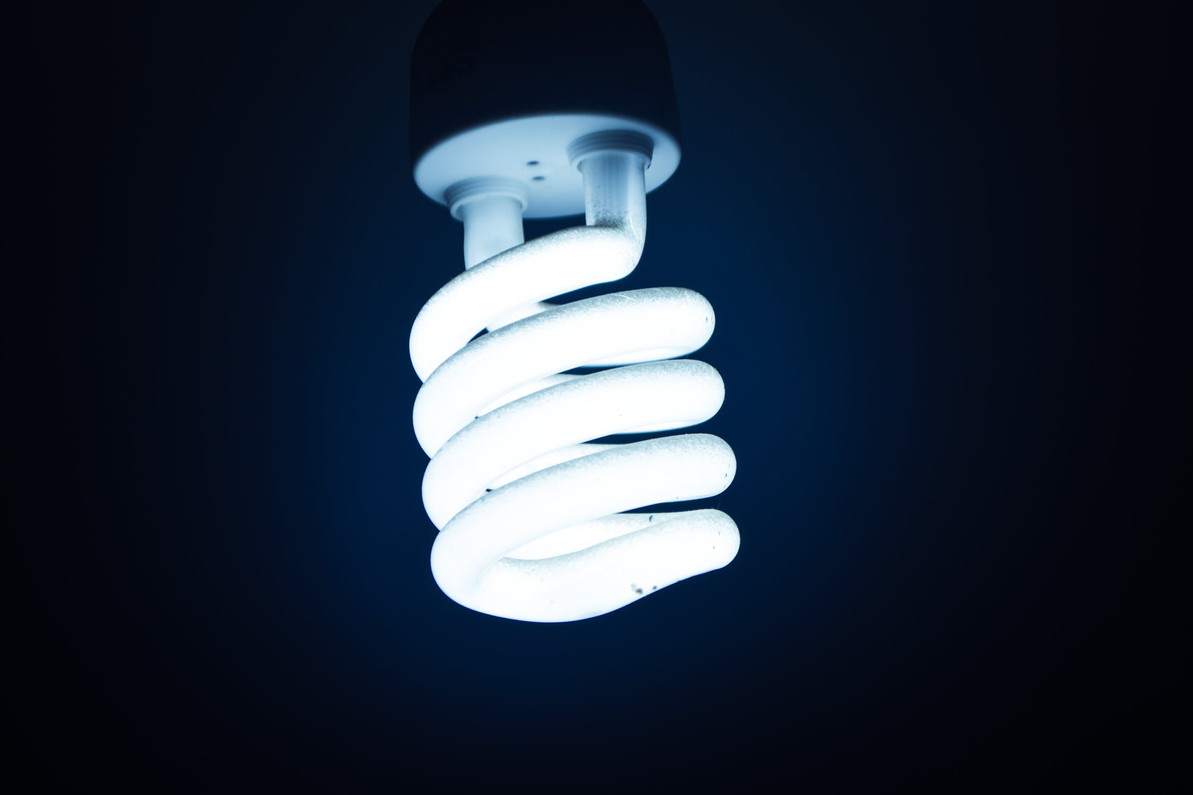Why You Should Switch to LED Lighting for Your Workplace
What type of lighting does your workplace use? Contrary to widespread belief, not all lighting is the same. There are several different types of lighting, some of which include incandescent, halogen and light-emitting diode (LED). Of all the different types, though, none compare to LED. Making the switch to LED lighting offers several benefits.
Long-Lasting
LED lighting lasts longer than nearly all other types of lighting. It's not uncommon for LED bulbs to burn for over 50,000 hours. In comparison, incandescent bulbs burn for just a fraction of this length of time. Incandescent bulbs have a filament that heats up when they are turned on. There is no filament inside of LED bulbs. The end result is a longer lifespan that allows you to get more use out of LED bulbs.
Energy Efficient
You can reduce your business's energy usage by switching to LED lighting. LED lighting still requires electricity as its source of energy. You can't use LED lighting without electricity. Nonetheless, LED is recognized as one of the most energy-efficient lighting technologies on the market.
No UV Emissions
There are no ultraviolet (UV) emissions with LED lighting. LED is a UV-less type of lighting. You can use it inside or outside of your workplace without worrying about LED emissions. LED lighting offers safe and efficient illumination without any UV emissions.
Safe to Dispose Of
When it comes time to replace an LED bulb, you can dispose of it in the trash. There are no toxic chemicals or gas inside of LED bulbs. The same can't be said for certain other types of bulbs. Some types of bulbs contain toxic chemicals or gas. As a result, they are treated like hazardous chemicals, and they require proper disposal.
Withstands Cold Temperatures
LED lighting can operate in a wide range of environments, including cold environments. Even as the temperatures begin to drop, it will continue to produce illumination. Other types of lighting, conversely, may fail to work in cold environments. Cold temperatures can cause incandescent bulbs, for instance, to "lock up" and not turn on.
As you can see, making the switch to LED lighting offers several benefits. LED lighting is long-lasting, consumes minimal energy, produces no UV emissions, safe to dispose of and can withstand cold temperatures. If your workplace currently uses a different type of lighting, you may want to upgrade it to LED.
Recent Posts
-
Fire Safety in the Workplace: What You Need to Know
What steps are you taking to prevent fires in your workplace? According to the U.S. Occupational Saf …Aug 23rd 2023 -
Is It Safe to Go Jogging With a Cold Infection?
If you're suffering from a cold infection, you might be wondering whether it's safe to go jogging. T …Aug 22nd 2023 -
5 Safety Tips to Follow When Using a Powder-Actuated Tool
Powder-actuated tools are commonly used to join materials to steel and concrete. Also known as Hilti …Aug 20th 2023




